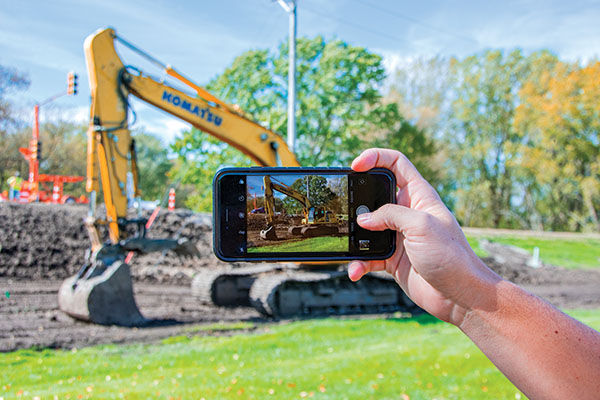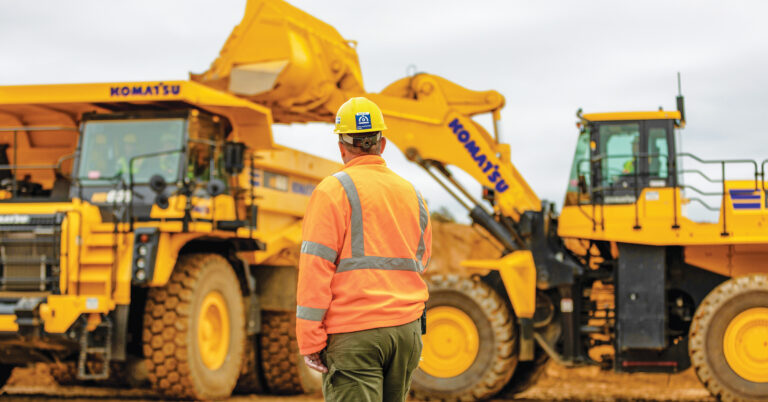
Visual Construction Records Show Progress and Can Help in Court
The first thing most contractors think about when it comes to records is retrieving copies of important documents such as contracts, invoices and pay applications. They don’t often consider photographing their work. They should do so, and no less than once weekly, not only of the sites where they are working but also of those areas that may impact their work or schedule.
Case in point – a stucco contractor received a delay claim from the general contractor asserting that he hadn’t completed his work on time. Fortunately, the contractor had his construction records in the form of pictures, which showed post-tension cables sticking out of the building. With those in hand, he explained to the general contractor that he was prevented from putting swing stages down the building, something essential for him to apply the stucco. A handful of photos saved him from contending with a legal headache and an expensive delay claim.

Extra Steps Are Worth the Effort
Photos weigh heavily in a court of law as well. Judges and juries don’t necessarily understand construction. Having photographs that depict the situation make it much easier to prove a position. Simply taking photos for construction records is not enough; contractors also need to:
- Include a description noting when and where each picture was taken. Having thousands of pictures from a job, which are downloaded from Dropbox with no way to tell when or where they were taken, is no help. Photos need to show a visual history of the job to be useful. Identify all pictures with a date and time stamp as well as a note indicating where they were taken.
- Save and back up all photos. Anyone assigned to take photos on the job can easily use a cell phone to take the pictures. However, those visuals are useless if the person’s phone is lost or damaged. Save all pictures in a central location and back up everything, regularly.

Video Records Advantages
Contractors should also videotape their work – especially on large jobs, although still applicable to smaller projects – by walking the site and narrating where they are and what they are looking at and then adding the video to their construction records. If needed, they should go back and take screenshots of the video and indicate the time, date and location based on the narration.
It’s said that “seeing is believing.” When it comes to defending or prosecuting a construction case, nothing could be more true.

Attorney Alex Barthet (alex@barthet.com) serves as litigation counsel to many contractors and material suppliers. Board certified in construction law by the Florida Bar Association, he has been selected by his peers for inclusion in the Best Lawyers in America and the Florida Super Lawyers within the specialty of construction law.
Editor’s note: This article originally appeared at TheLienZone.com.


